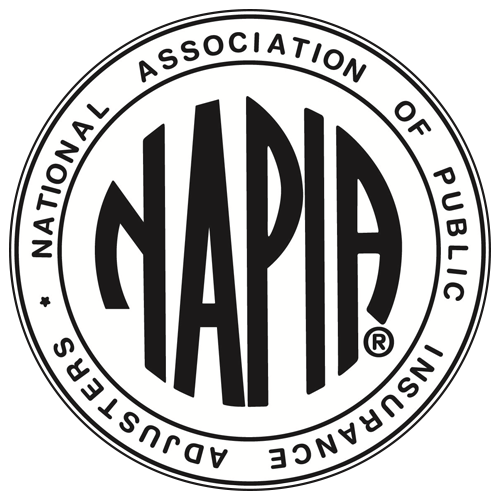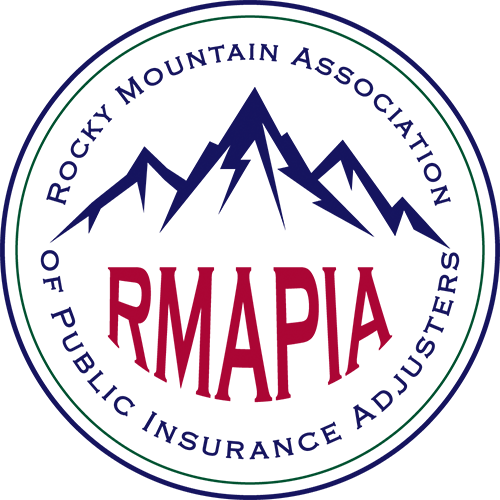
Matching issues in an insurance claim
Matching is one of the more difficult topics in insurance. When only part of the property is damaged, such as siding or a roof on the outside or a living room set where just the sofa is damaged, and if these items cannot match the existing property, should the entire property be replaced to indemnify the insured properly, this is a battle we constantly fight.
When replacement cost coverage is available, logic will dictate that “new for old” would apply and the entire item should be replaced; the property's value is diminished with mismatched siding, shingles, or other property. However, various courts have found both options; some state the entire thing should be replaced, while others have found that repairs, even if they do not match, are acceptable.
The following chart shows which states have gone so far as to pass statutes related to this issue. Not all states are listed; just those are listed areas in which we prominently serve, and, as you can see, some states have statutes directly addressing the issue, while others do not. However, other statutes may address things indirectly.
Arizona | The reasonable expectations doctrine for insurance claims states that when the reasonably intelligent consumer cannot understand insurance terms, the court will interpret them in light of reasonable expectations of the average insured. Thus, matching can be enforced when the contract allows for it or when the consumer reasonably believes it allows for it, even when it does not. | Hanks v. Am. Family Mut. Ins. Co., No. CV-12-00880-PHX-DGC, 2013 WL 2286966, at *2 (D. Ariz. May 23, 2013); Gordinier v. Aetna Casualty & Surety Co., 742 P.2d 277, 283–84 (1987) |
Colorado | “In deciding whether a contract is ambiguous, a court may consider extrinsic evidence bearing on the meaning of the written terms, such as evidence of local usage and the circumstances surrounding the making of the contract. However, the court may not consider the parties’ extrinsic expressions of intent.” | Fire Ins. Exch. v. Rael by Rael, 895 P.2d 1139, 1143 (Colo. App. 1995); KN Energy, Inc. v. Great Western Sugar Co., 698 P.2d 769 (Colo.1985). |
Oklahoma | “If the terms of a promise are ambiguous or uncertain, it must be interpreted in the sense in which the promisor believed, at the time of making it, that the promise understood it.” | Okla. Stat. Ann. tit. 15, § 165 |
Utah | “When a loss requires replacement or repair of items and the repaired or replaced items do not match in color, texture, or size, the insurer shall repair or replace items to conform to a reasonably uniform appearance. This applies to interior and exterior losses.” (fire and extended coverage) | Utah Admin. Code r. R590-190-13 |
Texas | Parol evidence rule. If a contract is ambiguous, extrinsic evidence may be relied upon to construe it. | Nat’l Union Fire Ins. Co. of Pittsburgh, PA v. CBI Indus., Inc., 907 S.W.2d 517 (Tex. 1995); Southland Lloyds Ins. Co. v. Cantu, 399 S.W.3d 558, 580 (Tex. App. 2011). |
Nevada | “Any ambiguity . . . should be construed against the drafter.” | Anvui, LLC v. G.L. Dragon, LLC, 163 P.3d 405, 407 (Nev. 2007). |
We wish all States were like Nevada, but that doesn’t mean we can’t present a claim for matching in your claim. We may be able to get the damages covered; if not, we can usually find other coverages to help recover funds. One way or the other, you will know Brown O’Haver tried every option to get you paid a fair claim.
Tags: insurance adjuster firm, insurance adjusters, Insurance Coverage



